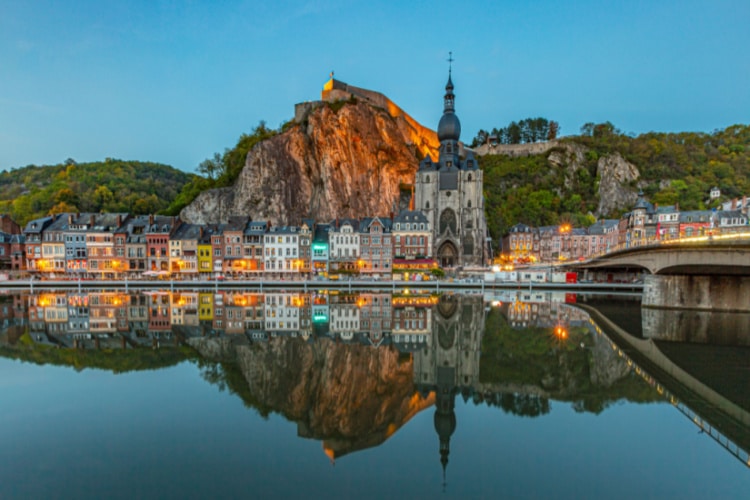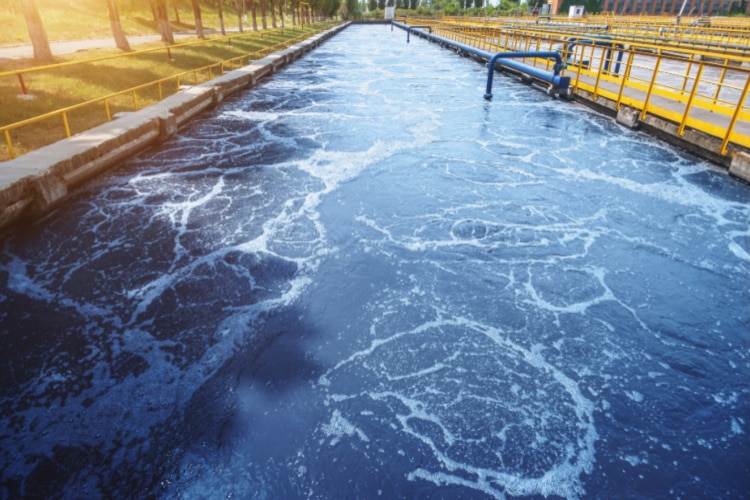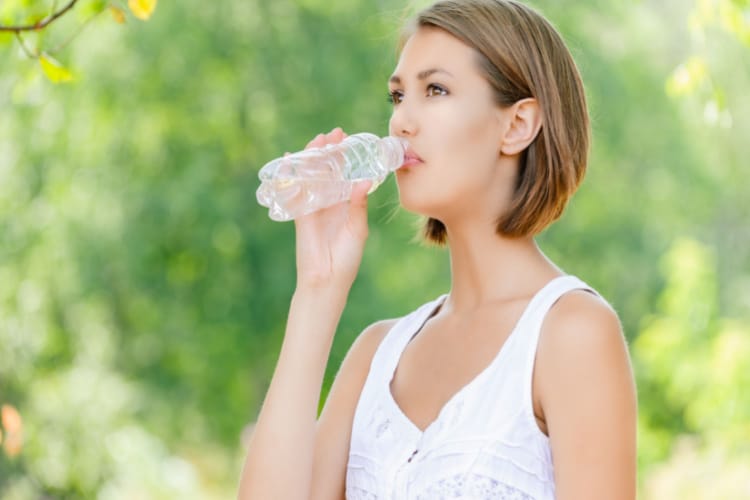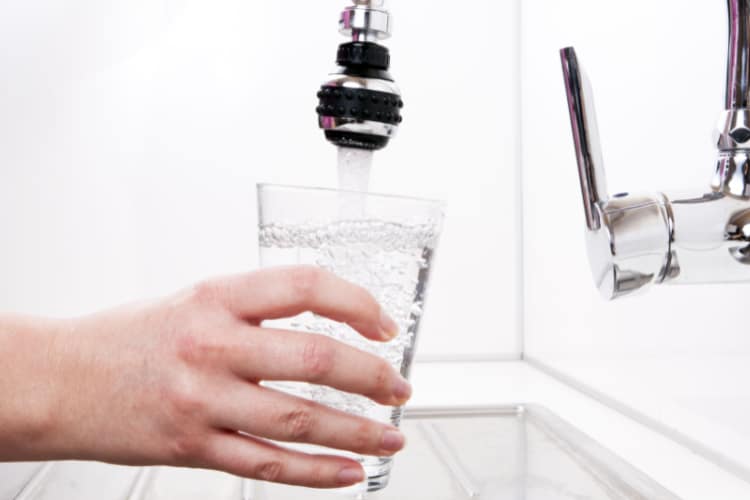In places like America and Canada, tap water is a staple source of hydration. Buying bottled water may even seem wasteful to some. In Europe, things are a bit different.
Most European countries like Belgium have quality tap water, but Europeans prefer bottled water. Urging toward environmental friendliness, the European Commission has been trying to encourage Europeans to drink more tap water. But if Europeans don’t drink tap water, is it safe?
In this article, we’ll discuss:
- Source of Belgium’s tap water
- How tap water is treated in Belgium
- Top cities with the cleanest tap water in Belgium
Is Belgium Tap Water Safe to Drink?
Tap water in Belgium is generally safe to drink. Belgium treats its tap water to ensure quality. It follows European Union mandates, and most of the country has access to drinkable tap water.
In 2018, the European Commission reported that Belgium’s water, compared to other countries, posed a higher risk to people consuming it. The study determined the relationship between water consumption and the rate of certain illnesses.
Some experts noted that this report wasn’t credible because of the way they calculated the risk. They also suggested that these cases might have come from specific sources—like campsite water—rather than Belgian tap water.
AquaWal, the largest water distributor in Belgium, provides extensive resources for understanding the treatment process and the region’s water quality. Viviqua presides over Brussels’ water.
Is Belgium’s Water Hard or Soft?
Approximately 60% of Belgium’s water is hard. Water in the eastern part of the country tends to be soft, while the western and central regions have hard water. In the area between Brussels and Luxembourg, the water has medium hardness.
Water hardness, based on calcium and magnesium content, is impacted by the geography and mineral composition near a water source. Bodies of water near large mineral deposits, like limestone and chalk, will have increased hardness as the water dissolves them. Soft water is commonly found in freshwater bodies but can come from melted glaciers or ice.
Wallonia, Belgium’s southern region, has more mountainous terrain. Snow melting from mountains may contribute to lower water hardness in this region. Water from the Meuse River Basin tends to be softer.
Top 3 Belgian Cities with the Cleanest Water
According to online ratings, Brugge, Leuven, and Mechelen have the highest water quality in Belgium.
Many cities don’t have enough reviews to have an individual rating. The water quality may be average compared to the rest of Belgium. Those mentioned above have more ratings and scored higher in the water quality and accessibility categories.
A handful of locations had lower than average water reviews, and some reviewers even said not to drink the water there.
Who Regulates Water in Belgium?
Belgium is a member of the European Union, so its water standards fall under the European Commission and locally enforced laws.
Wallonia and Flanders, Belgium’s northern region, determine water management and standards within themselves. Similarly, Brussels determines water standards for itself, and all three regions coordinate their laws with federal regulations.
Each region has different objectives for its distribution. Flanders works on reducing how much water it outsources, Wallonia works to protect its bodies of water, and Brussels focuses on managing wastewater.
Furthermore, nearly 600 municipalities enforce their water standards, many working together to ensure water is available and affordable in Belgium.
Where Belgium Gets its Water From
Belgian water comes from a combination of 5 different sources: The Maas River Basin, the Scheldt River Basin, the Yser River Basin, Oise River Basin, and the Moselle River Basin.

While there are several geographical water sources, the actual distribution and production are uneven.
Wallonia provides Belgium with 55% of its overall water, yet has less than 40% of its population. This tiny region of Brussels relies on Wallonia for 97% of its water, importing 66 million cubic meters per year, while Flanders relies on Wallonia for 40% of its water supply.
How is Tap Water Treated in Belgium?

Tap water in Belgium comes from two different sources: groundwater and surface water. Water from each source requires different methods of treatment.
Groundwater, which comes from aquifers, is relatively pure from natural filtering. It requires little treatment before being pumped into public waterways and accounts for 80% of Belgium’s drinkable water. Groundwater that does require treatment may undergo a few processes.
Aeration reduces the concentration of harmful compounds by forcing large amounts of air through the water. It also removes any harmful gasses that have entered the water, like hydrogen sulfide, methane, and radon.
Some groundwater can have a red or black tint, which isn’t harmful but can give it an unpleasant appearance. Sand filtration is used to remove the iron and manganese that causes it. If there are high levels of nitrates or pesticides present, a chemical treatment is applied.
Surface water comes from lakes, rivers, and dam reservoirs. While it is easier to access, surface water is extremely vulnerable to pollution and other contamination.
Groundwater’s biggest advantage is that it is safe from most pollutants. Surface water’s geographical source also heavily influences its impurities.
The first step in treating surface water is sieving, which removes large solids. Reagents and chemical treatment are then applied.
The next steps are flocculation and decantation. Flocculation is when unwanted compounds in the water clump together and are removed.
The process can be initiated or sped up with chemical agents. During decantation, solids and sediment settle and compact at the bottom of a holding tank. The waste can be disposed of in one mass, leaving clean water on top.
Lastly, the water is disinfected and filtered. Filtration removes extremely fine particles that were life behind by other processes. The water goes through a filter media, like sand or rocks.
Disinfection takes care of microorganisms that remain in the water. Ozonation kills bacteria and then dissipates. Chlorine effectively kills bacteria but also remains in the water and needs to be evaporated before drinking.. This is beneficial for the quality of the water as it travels.
Is Drinking Bottled Water The Safest Option in Belgium?
Europeans are fond of bottled water, but the European Commission has been pushing for higher tap water consumption to be more eco-friendly. Switching to tap water could be an effective method of reducing plastic waste.
There are a few places where the water in Belgium was determined to be gross or undrinkable. Keeping bottled water handy is useful for situations where tap water is questionable. Another reason someone might opt for bottled water is if they are traveling from abroad.

Water from different continents, treated or not, can contain native pathogens and bacteria. It won’t affect people from that area because their bodies are acclimated, but a tourist might have an adverse reaction to it.
Bottled water might reduce the risk of illness for those visiting from other continents.
In other cases, most of Belgium’s tap water is clean and drinkable, so bottled water is unnecessary. With proper research into local water suppliers, most people can rest assured that their water is up to standard. Public aversion to tap water is a more prominent issue than water quality.
There is also no guarantee that all bottled water is good to drink. If the bottles are improperly stored, the water could go bad.
Additionally, water from plastic bottles can contain microplastics. It is unclear how microplastics affect the human body, so tap water may be a safer long-term option.
Are Water Filters Necessary in Belgium?
While tap water in Belgium is treated extensively for quality, some people may still feel unsure about drinking it. Even after making it from treatment plants to homes and cities, tap water can still have some contaminants. The water may even pick them up as it travels through pipes and sits in holding tanks.
Common tap water contaminants include chlorine, debris, zinc, pharmaceuticals, pesticides, and traces of industrial waste.
One way to get around this—without buying bottled water—is using water filters. Water filters can remove fine sediments, chemical impurities, and more.
They come in several varieties, like table pitchers, faucet attachments, or devices that connect to home plumbing. For those concerned with the taste, color, and overall quality of their tap water, a filter is a worthwhile investment.

Some areas in Belgium have lower quality tap water, even if still drinkable. In other places, the water hardness can determine the water’s taste, especially if it received minimal treatment.
Mineral content prevents other substances from dissolving in the water, but soft water can take on sodium. In these cases, a water filter might be necessary or strongly preferred.
However, nearly 100% of Belgians have access to clean water, so a filter is most likely not necessary.